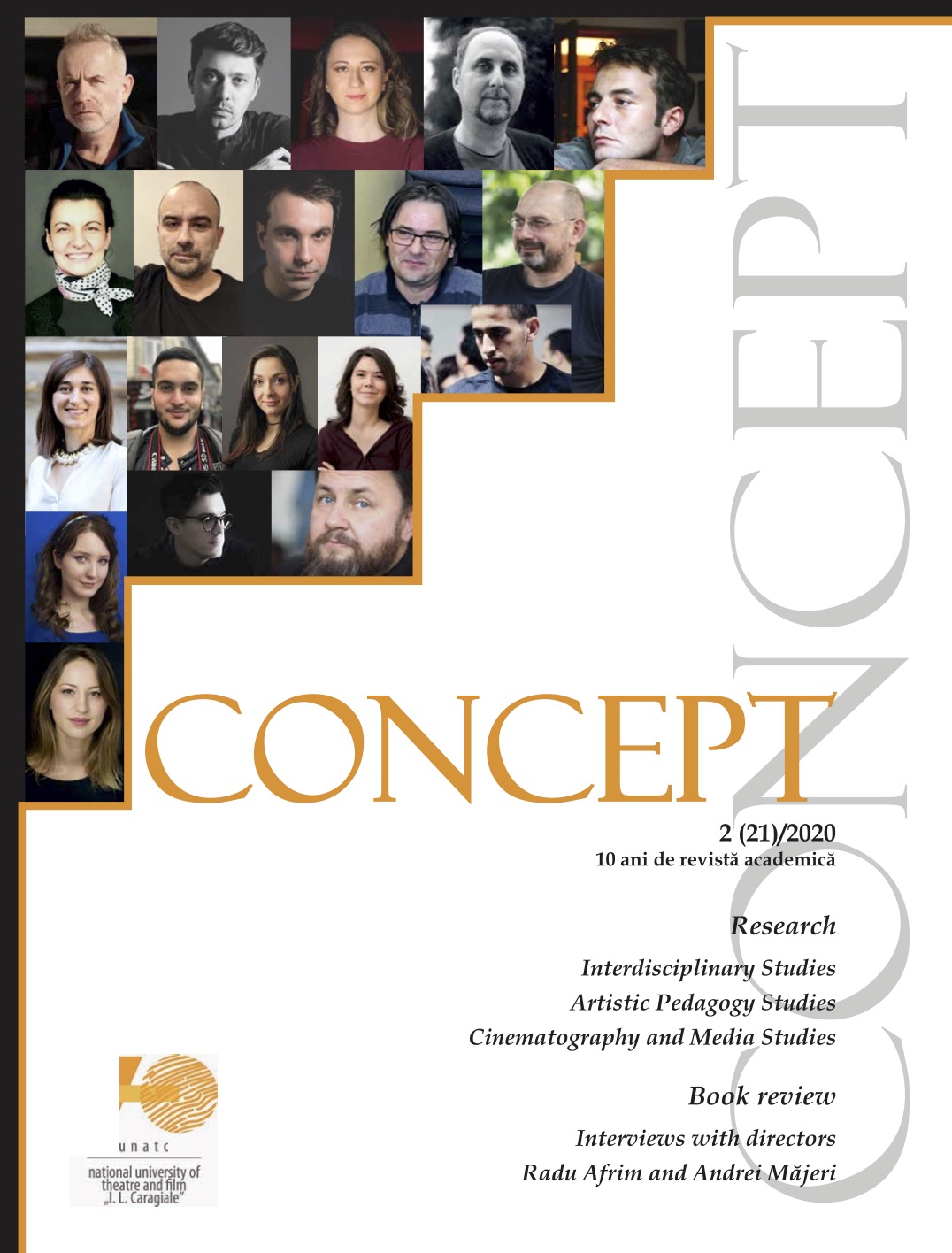Imitation, empathie, communication – les composantes de l’expérience du spectateur
Imitation, Empathy, Communication - The components of the viewer experience
Author(s): Claudia EneSubject(s): Theatre, Dance, Performing Arts, Education, Fine Arts / Performing Arts
Published by: Universitatea de Teatru si Film »I.L. Caragiale« (UNATC)
Keywords: empathy; cognitive sciences; theatre; neuro-theatre; spectatorship; performing arts; imitation; simulation; communication; intersubjectivity; empirical research; art as research;
Summary/Abstract: What theatre pedagogues discovered empirically in the last one hundred years is objective reality nowadays, due to on-going scientific experiments and research. Today, we may refer to theatre as a playground for the development of empathy; thus, an interdisciplinary approach may rise new questions regarding how communication between actors and their audiences take place. In the future, such an approach may lead to a better understanding not only of the spectator’s experience, but also of the art of acting. Since the discovery of the mirror-neurons mechanism in monkeys, concepts like empathy, imitation and embodied simulation have become major points of interest in cognitive science and art research. A good example of how these concepts affect our view of theatre is Bruce McConachie’s study of audience engagement. This article proposes a look into the science of empathy and automatic imitation of other human beings, in order to apply their principles in the theatre, to a live audience.
Journal: Concept
- Issue Year: 21/2020
- Issue No: 2
- Page Range: 81-89
- Page Count: 9
- Language: French

